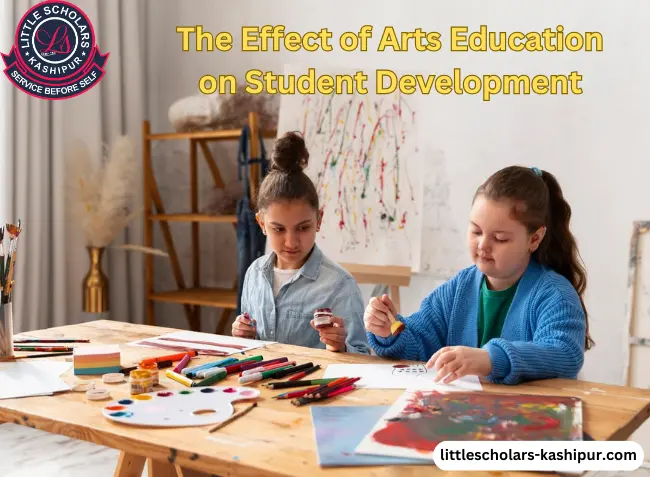In recent years, educators have been exploring innovative teaching methodologies to enhance student engagement and foster critical thinking skills. Problem-Based Learning (PBL) is one such approach that has gained prominence for its effectiveness in promoting active learning. PBL shifts the traditional aligned classroom to a student-centered one where learners tackle real-world problems, encouraging independent inquiry and collaboration.
History and Development of PBL (Problem-Based Learning)
PBL originated in the 1960s at McMaster University's medical school in Canada. It was developed as a response to the limitations of traditional lecture-based instruction, aiming to produce self-directed learners capable of addressing complex issues in their respective fields. Since then, PBL has been widely adopted across various disciplines and educational levels worldwide.
Key Principles of PBL
The core principles of PBL include the central role of authentic, real-world problems, student autonomy in learning, collaborative learning environments, and facilitator guidance rather than direct instruction. These principles aim to cultivate critical thinking, problem-solving, and communication skills essential for success in the 21st century.
Benefits of Implementing PBL in the Classroom
Implementing PBL offers numerous benefits to both students and educators. Students experience increased engagement, motivation, and retention of knowledge as they grapple with meaningful problems. Moreover, PBL fosters the development of essential skills such as critical thinking, creativity, and communication, preparing students for future academic and professional endeavors.
Challenges of Implementing PBL
While PBL offers significant advantages, its implementation can pose challenges for educators. These challenges may include resistance to change from traditional teaching methods, the need for extensive planning and resources, and ensuring adequate support and training for both teachers and students.
Strategies for Successful Implementation
To overcome challenges and ensure successful implementation, educators can employ various strategies. These may include providing professional development opportunities, fostering a supportive school culture, aligning PBL with curriculum standards, and leveraging technology to enhance learning experiences.
Examples of PBL in Various Educational Settings
PBL can be applied across diverse educational settings, from primary schools to higher education institutions. Examples include interdisciplinary projects, case studies, simulations, and community-based initiatives. These examples demonstrate the versatility of PBL in fostering deep learning and preparing students for real-world challenges.
Role of Teachers in PBL
In a PBL environment, teachers serve as facilitators, guiding students through the learning process. They create engaging learning experiences, design authentic problems, provide feedback, and scaffold students' learning as needed. Effective facilitation is essential for maximizing the benefits of PBL and promoting student success.
Building a Sustainable Future: Environmental Sustainability and Stewardship in Action: Read now
Role of Students in PBL
Students play an active role in PBL, taking ownership of their learning and collaborating with peers to solve complex problems. They engage in inquiry, research, analysis, and reflection, developing critical thinking and problem-solving skills. Through active participation in PBL, students become lifelong learners capable of adapting to new challenges.
Assessment in PBL
Assessment in PBL focuses on evaluating students' understanding, application of knowledge, and problem-solving abilities. Assessment methods may include presentations, projects, portfolios, peer evaluations, and self-assessments. By aligning assessment with learning objectives, educators can ensure that PBL effectively promotes deep learning and skill development.
Integrating Technology in PBL
Technology plays a vital role in enhancing PBL by providing access to resources, facilitating collaboration, and promoting creativity. Educators can integrate various technologies, such as online platforms, multimedia tools, and simulations, to enrich learning experiences and engage digital-native students effectively.
PBL in Different Subjects
PBL can be implemented across various subjects, including STEM (Science, Technology, Engineering, and Mathematics), social sciences, humanities, and the arts. Each discipline offers unique opportunities for authentic problem-solving and interdisciplinary learning, making PBL a versatile approach applicable to diverse educational contexts.
PBL and Critical Thinking Skills
PBL promotes the development of critical thinking skills by challenging students to analyze problems, evaluate evidence, and generate creative solutions. Through sustained inquiry and reflection, students learn to think critically, make informed decisions, and communicate their reasoning effectively.
Top Strategies for Exam Preparation Success: Read now
PBL and Collaboration Skills
Collaboration is a fundamental aspect of PBL, as students work together to solve complex problems and achieve shared goals. By collaborating with peers from diverse backgrounds, students learn to communicate effectively, negotiate differences, and leverage collective expertise, preparing them for success in collaborative environments.
Conclusion
In conclusion, Problem-Based learning (PBL) offers a dynamic and student-centered approach to education, fostering critical thinking, collaboration, and problem-solving skills. By engaging students in authentic, real-world problems, PBL empowers them to become active learners capable of addressing complex challenges in their academic and professional lives.




